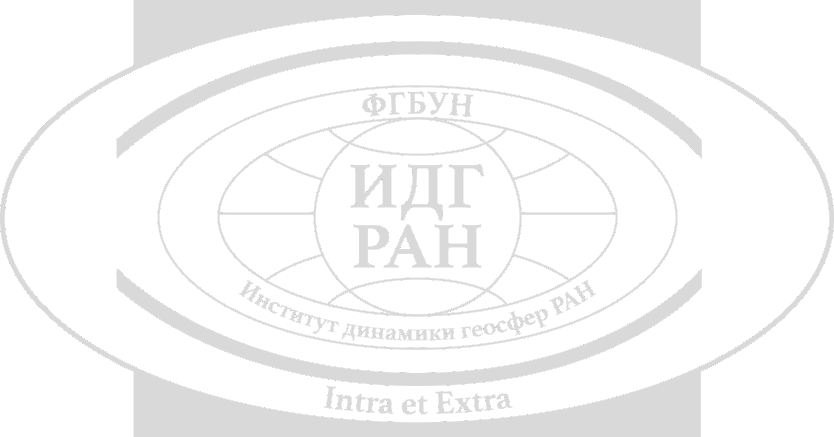The effect of heterogeneity of frictional properties of the interface on the dynamics of rupture propagation and seismic wave emission
A lot of publications for the last years are devoted to heterogeneous composition of fault zones not only concerning their geometry and structure but frictional characteristics as well. It is emphasized that it is the heterogeneity of frictional characteristics that can produce local accelerations of rupture propagation up to velocities higher than that of shear waves in the host rock (the so-called "supershear" regime) or decelerate rupture propagation down to its full termination. Judging by the results of geological and geophysical explorations performed for the last 15-20 years at exhumed fragments of seismogenic faults and by the data of deep drilling of fault zones, such a situation is common for the sources of shallow tectonic earthquakes. The mechanics and regularities of propagation and termination of rupture have been studied insufficiently, while the scientific significance of this process and the actuality of its studying are beyond doubt. Acceleration and deceleration of rupture in the earthquake source have a pronounced effect on both the parameters of high-frequency strong rock movements in the close-in zone and on the macroscopic source parameters. Understanding the mechanics of different slip modes on faults can help in detecting some key details of nucleation and evolution of large earthquakes and, consequently, turn to be useful in the elaboration of forecasting methods and interpretation of the data of cosmic geodesy. In mining sciences, determination of links between properties of materials composing fault principal zones (which can be investigated directly in underground drifts or through the results of drilling) and rupture dynamics will allow to advance in detecting potentially dangerous "rock burst" segments or tectonic fault "bursts" of appreciable magnitude triggered by mining activities. For the first time in the frames of the project regularities of the effect of heterogeneity of frictional properties of the interface on the dynamics of rupture propagation (including emergence of "supershear" and parameters of emitted waves) will be investigated in detail. It is suggested that regularities of rupture propagation will be studied in two directions – in laboratory experiments and in numerical simulations, which were not used previously in our group. The experimental part rests on the new laboratory setup constructed in IDG RAS in 2020 to investigate sliding along an existing fault about 80 cm long. There are no such setups in Russia, and there are only several analogs in the world (Cornell University, USGS, USA; National Research Institute for Earth Science and Disaster Resilience, Tsukuba, Japan). The obtained results will form the basis for developing a phenomenological model of the process, which could promote an interpretation of geodetic and seismological data (presented by published databases).

